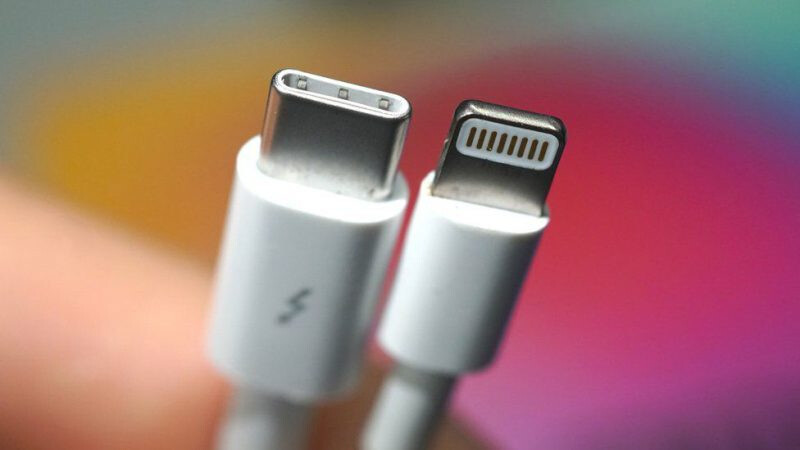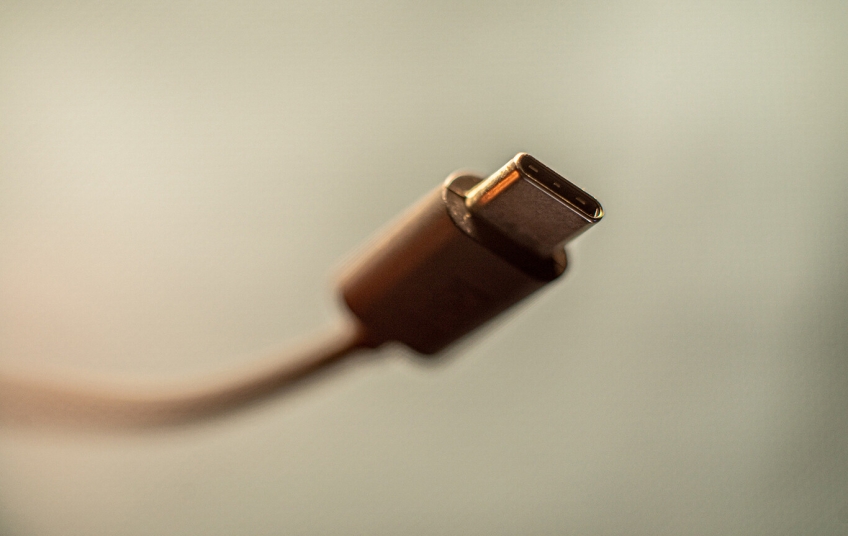The idea that all mobiles use the same charging port is not new. In 2009 we actually believed that the Micro USB port would be the only one with which we would charge our phones, but nothing of that. However and as we anticipated a few hours ago, it is now that the European Commission has approved the legislation to use a standard charging port for these devices.
Actually, the measure also wants to be extended to other products such as tablets, headphones, portable game consoles, cameras or portable speakers, and the protagonist of this proposal is the USB-C connector that many manufacturers already use but that has a clear opponent: Apple. Pending approval by the EU Parliament and Senate, the legislation could enter into force in 2024.
Chargers will no longer be included in the mobile box (although there will be exceptions)
The objective of the European Union with this legislation is to reduce the problem of electronic waste, and with the choice of a single charging port for these devices there will also be other relevant measures.
For example, the tendency not to include a charger in the mobile box. The idea here is to reuse chargers that we already have at home, although that could prevent us from being able to take advantage of the maximum fast charging capacity offered by the manufacturer in new devices.
To do this, we will have to purchase these chargers separately, although manufacturers" may sell an electronic device with an external power supply if they also offer a separately sold solution for the same product".
What will be allowed is that both the smartphone itself and the charging cable are included in the mobile box, since, as indicated in the CE document, "the cables have other uses in addition to charging: they can be used to transfer data and to directly charge devices in certain circumstances (for example, in a hotel, on a train or at an airport)".
In addition to the proposal to harmonize the charging port and use USB-C as a common port, the Commission also proposes the harmonization of fast charging technology. This will "prevent the various manufacturers from unjustifiably limiting the charging speed and will help to ensure that the charging speed is the same when using a compatible charger for a device".
The proposal includes "mobiles, tablets, digital cameras, helmets, headphones, portable game consoles, and portable speakers", but "minia-headsets, smart watches, and activity monitors" are not included in the proposal for reasons techniques related to its size or its conditions of use.
Manufacturers must also provide more information on the load of electronic devices in the packaging (or in the absence of it, on a label that accompanies the products). First, they will need to report the maximum power the device needs to charge optimally.
Second, "in case of fast charging capability, information about the common fast charging protocol and any other additional fast charging protocols supported".
Apple turns against it again
Apple has been grappling with such proposals for a long time, and in 2020 they highlighted how a study showed that such a proposal stifled innovation. The study, of course, was paid for by an Apple that continues to bet on the Lightning port on its mobiles even though it has already adopted the USB-C port on several of its iPads, such as the recent iPad mini.

The popularity of the USB-C port is increasingly evident, and even its main rival in Android devices, the Micro USB port, is inexorably giving way . We have a good example in the new Kindle Paperwhites from Amazon that for the first time are charged through the USB-C port and not through the Micro USB.
The approval of the proposal has not sat well with Apple , which in a statement has indicated that "we are still concerned that a strict regulation that forces a single type of connector stifles innovation instead of encouraging it, which in turn will harm consumers in Europe and around the world".
The European Commission gives a two-year margin for its adoption
As indicated by those responsible for this initiative, "the European Parliament and the Council must now adopt the proposal", and if everything runs its course there will be "a transition period of 24 months from the date of adoptio " that "will provide the sector long enough to adjust".
The objective of the proposal is for this measure to be implemented in 2024, which leaves some margin of action for manufacturers to prepare for that future in which we will finally stop having to deal with several cables with different ports to charge. our telephone.
According to the EC, approximately 420 million mobile phones and other portable electronic devices were sold in the European Union in 2020, and on average, "consumers own around three mobile phone chargers, of which they use two on a regular basis".
In the EU they reveal that even so, users often have problems due to incompatibilities when using the available chargers, and that not only causes annoyance, but the disposed and unused chargers "represent 11,000 tons of electronic waste per year".





